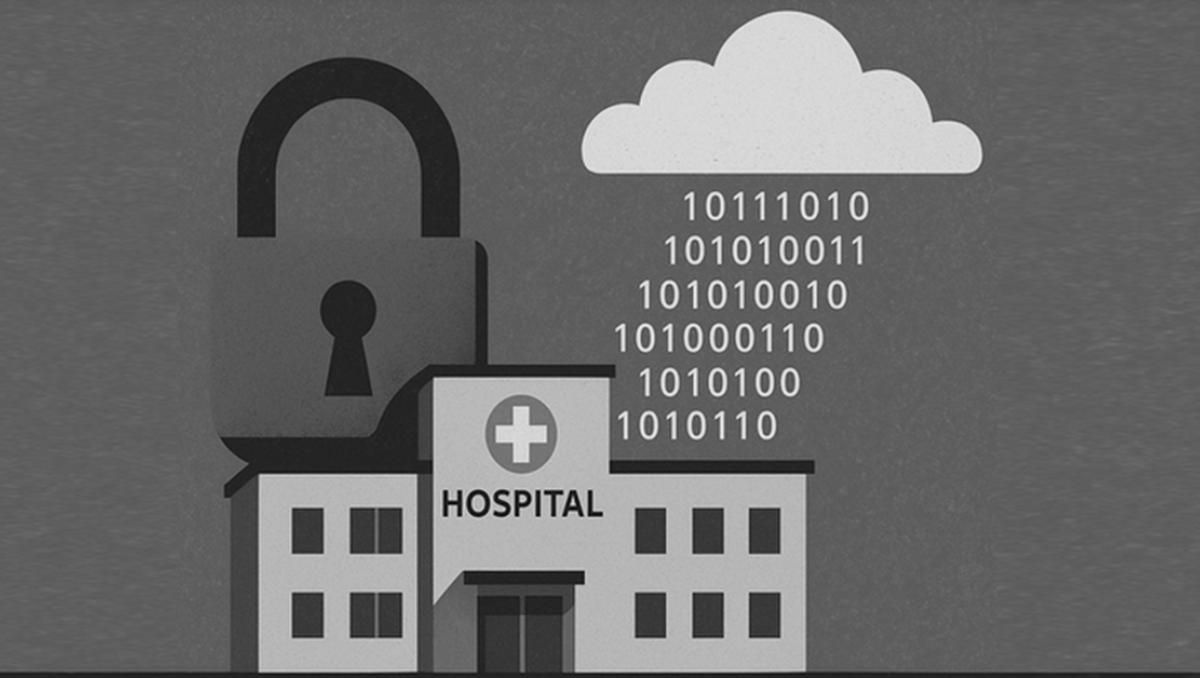
IT Roadmap & Architecture for Sustainable and Green Computing
In the quest for sustainable solutions, the IT sector is uniquely positioned to drive transformations that prioritize our planet. The foundation of this change lies in creating a roadmap for green computing, which not only minimizes environmental damage but also maximizes efficiency and cost savings for businesses. Here’s a dive into creating a sustainable IT architecture for the future.
- Understanding Green Computing
Green computing, sometimes called IT sustainability, refers to environmentally responsible computer design and usage. It involves strategies and practices that reduce environmental impact through energy efficiency, reduced e-waste, and cleaner production processes.
- Key Components of a Sustainable IT Roadmap
Energy-Efficient Data Centers: Data centers consume vast amounts of energy. Switching to energy-efficient servers, cooling methods, and optimizing data center layout can drastically cut energy consumption. Technologies like liquid cooling or using renewable energy sources can make data centers more environmentally friendly.
Cloud Computing: Leveraging the cloud can lead to decreased energy consumption, as it obviates the need for businesses to maintain their own energy-hungry servers. It also allows for better utilization of resources, as cloud providers can dynamically allocate resources based on demand.
Virtualization: This allows one server to run multiple virtual machines. Virtualization can reduce the need for physical servers, leading to less energy consumption and reduced e-waste.
E-waste Management: Sustainable IT must consider the device’s entire lifecycle. This includes recycling or safely disposing of outdated equipment and investing in technology with longer life cycles.
- Building a Green IT Architecture
Opt for Green Hardware: Prioritize hardware that is energy star rated. These devices are designed for better energy efficiency and come with eco-friendly credentials. Modular devices, which can be upgraded part-by-part, can also reduce e-waste.
Green Software Solutions: Software too plays a role in green IT. Developers can design software that’s optimized for performance, reducing the hardware resources it requires. Efficient algorithms, streamlined code, and optimized databases all contribute to lesser energy consumption.
Energy Management Systems: These monitor and manage the energy consumption of IT infrastructures. They can automatically switch devices to power-saving modes during inactivity or optimize the performance-to-power consumption ratio.
Network Optimization: Reducing the distance data has to travel can lead to significant energy savings. Local caching, content delivery networks, and optimized routing can all reduce the energy used by network infrastructures.
- Employees: The Green Catalysts
No sustainable IT roadmap is complete without considering the end-users – the employees. Implementing policies like encouraging double-sided printing, promoting the use of power-saving modes on devices, or reducing paper usage can make a considerable difference. Training sessions and awareness campaigns can enlighten staff about the environmental and financial benefits of sustainable practices.
- Staying Updated and Flexible
The IT sector is evolving rapidly, with new technologies emerging regularly. A successful IT roadmap for green computing should remain flexible and adapt to the latest sustainable technologies. Regular audits and evaluations can keep the roadmap updated and ensure that the strategies remain effective.
- Measurable Goals and Metrics
Setting clear, measurable goals is paramount. Whether it’s reducing energy consumption by a certain percentage or achieving a set recycling rate, having tangible targets can drive progress. Moreover, these goals allow businesses to measure their sustainability progress and make necessary adjustments.
Conclusion
A sustainable IT roadmap and architecture isn’t just a trend—it’s a necessity. Not only does it demonstrate a company’s commitment to preserving our environment, but it also presents tangible business benefits, from cost savings to enhanced corporate reputation. By leveraging the latest technologies and keeping sustainability at the core of decision-making, businesses can thrive in the modern era while also safeguarding our planet’s future.
Contact Cyber Defense Advisors to learn more about our Technology Roadmap & Architecture solutions.




